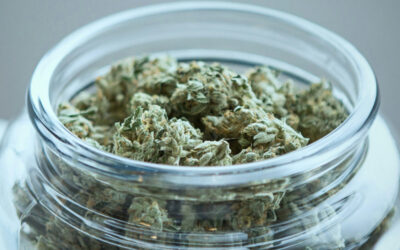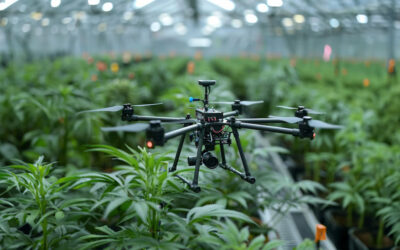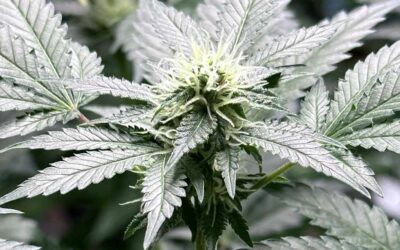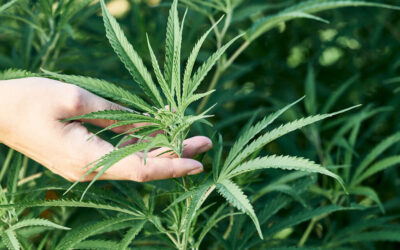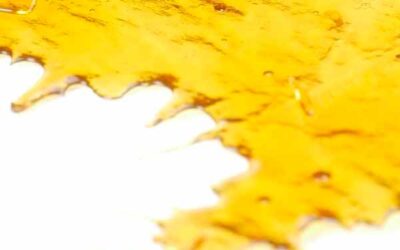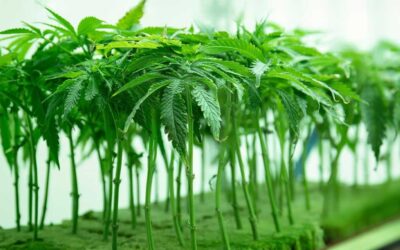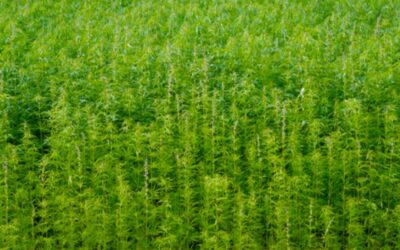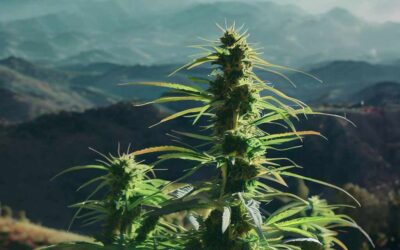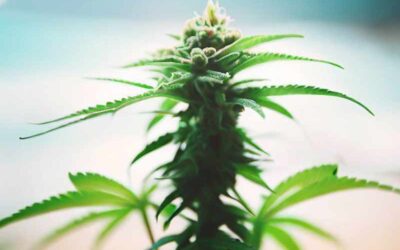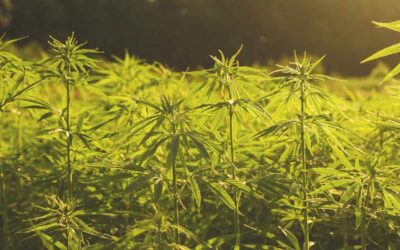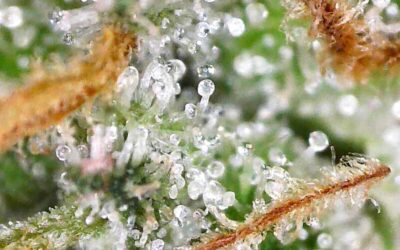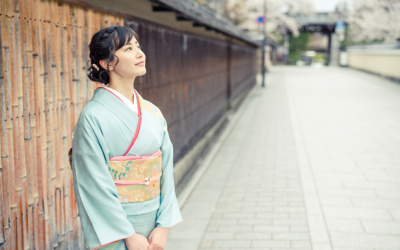
Hemp In Fashion
In the world of fashion, sustainability has become a central focus. As brands and consumers seek eco-friendly alternatives, hemp is gaining recognition for its potential to revolutionize the industry. Once considered a niche material, hemp is emerging as a sustainable option that could reshape the future of fashion. With its numerous environmental benefits, versatility, and durability, hemp offers an exciting opportunity for designers and manufacturers to create greener clothing and reduce the industry’s environmental footprint.
Hemp’s Environmental Benefits
Hemp stands out as an environmentally friendly crop. Compared to cotton, hemp requires significantly less water, which makes it a more sustainable choice for large-scale farming. The crop also grows quickly, often within three to four months, and can thrive without the need for pesticides or chemical fertilizers. These characteristics allow for the cultivation of hemp with minimal damage to ecosystems, reducing pollution in water sources and promoting healthier soil.
Another notable advantage of hemp is its ability to absorb carbon dioxide from the atmosphere. Hemp plants act as a carbon sink, capturing more CO2 per hectare than many other crops. As the fashion industry faces increasing pressure to reduce its carbon emissions, hemp’s natural carbon sequestration offers an appealing solution. Thus, adopting hemp in fashion production can help mitigate the industry’s contribution to climate change.
Durability and Versatility
Hemp is not only sustainable but also highly durable. The fibres derived from hemp plants are stronger and more resilient than cotton fibres. Garments made from hemp fabric tend to last longer, withstanding wear and tear, which reduces the need for frequent replacements and helps combat the rise of fast fashion. Consumers are becoming more aware of the environmental impact of fast fashion, and the demand for long-lasting clothing is growing. Hemp aligns with this shift toward mindful consumption by offering a material that promotes longevity.
Furthermore, hemp’s versatility extends beyond its durability. Hemp fibres can be woven into a wide range of fabrics, from soft, lightweight materials to more structured, durable textiles. Designers appreciate hemp for its ability to blend seamlessly with other fabrics like organic cotton and recycled polyester. This adaptability allows fashion brands to experiment with a variety of textures and styles while maintaining their commitment to sustainability. In addition, hemp fabric becomes softer with each wash, enhancing its appeal to consumers seeking comfort alongside eco-consciousness.
Innovation in Hemp-Based Fashion
As awareness of hemp’s potential grows, fashion innovators are exploring new ways to integrate it into mainstream apparel. In recent years, luxury brands and independent designers alike have started incorporating hemp into their collections. This trend indicates that hemp is no longer relegated to casual or outdoor clothing but is gaining acceptance across various fashion segments.
Innovations in textile technology are also contributing to the evolution of hemp-based fabrics. Modern processing techniques have made it possible to produce hemp fabrics that are softer, smoother, and more refined than their predecessors. These advancements make hemp suitable for high-end fashion, appealing to consumers who value both aesthetics and sustainability. Additionally, advancements in dyeing and finishing processes ensure that hemp fabrics can be coloured and treated without compromising their eco-friendly properties.
Hemp in Circular Fashion
In the context of circular fashion, hemp’s potential shines even brighter. Circular fashion aims to create clothing that can be reused, repaired, or recycled at the end of its life cycle, reducing waste and conserving resources. Hemp fabric, being biodegradable, fits perfectly within this model. When disposed of, hemp garments decompose naturally, leaving behind no toxic residues.
Moreover, hemp’s regenerative qualities contribute to soil health, making it an ideal crop for sustainable farming practices. By promoting biodiversity and improving soil structure, hemp farming supports a more resilient agricultural system. This regenerative aspect aligns with the principles of circular fashion, where the focus is on creating products that have minimal impact on the planet throughout their entire life cycle.
Challenges and Future Outlook
While the future of hemp in fashion looks promising, challenges remain. One major obstacle is the cost of hemp production, which can be higher than that of conventional materials like cotton or synthetic fibres. Hemp farming is still subject to various regulatory hurdles in some countries, which can limit its widespread adoption. Additionally, consumer perceptions of hemp as a rough, utilitarian fabric persist, despite recent advancements in textile processing.
However, as sustainability becomes an increasingly important factor in purchasing decisions, the demand for hemp-based fashion is likely to rise. Governments and fashion brands are also recognizing the need to invest in sustainable alternatives. With ongoing innovations in hemp farming and textile technology, the costs associated with hemp production may decrease, making it more accessible to a wider range of fashion brands.
The Future is Green
Hemp’s potential to revolutionise sustainable fashion is undeniable. Its environmental benefits, durability, and versatility make it an attractive alternative to traditional fabrics. As consumers and designers alike embrace more eco-conscious choices, hemp has the potential to become a cornerstone of the sustainable fashion movement. While challenges remain, the future of hemp in fashion holds great promise, offering a path toward a more responsible and ethical industry. By investing in hemp today, the fashion world can take a significant step toward reducing its environmental impact and building a sustainable future for generations to come.







